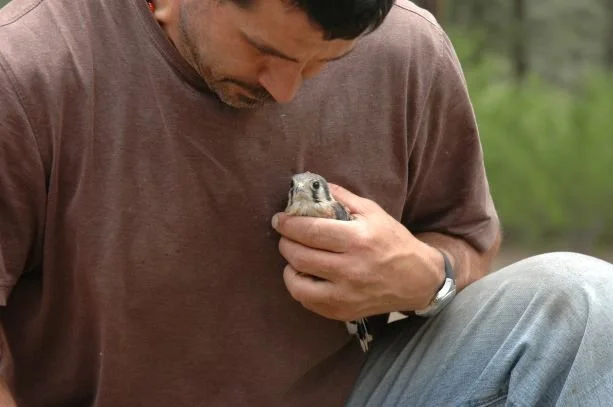PROTECTING 30% OF U.S. LANDS AND WATERS BY 2030
The goal of the 30 x 30 movement is to address the devastating loss of nature across the globe. In approximately the last 20 years, we’ve lost 1.2 million square miles of wild land worldwide—about the same as the total area of India. If development and destruction continue at that rate, scientists say there will be no truly wild places left without human disturbance in less than a century. This loss of nature affects our sources of clean air and water as well as the places we recreate. It also means fewer places to act as refuge for people and wildlife struggling to adapt to climate change. Additionally, this trend is hurting our ability to combat climate change itself, as forests and other landscapes with a great capacity to absorb greenhouse gas emissions are being wiped out.
The 30 x 30 movement is designed to address this unprecedented crisis. Building on the 12 percent of U.S. lands The Wilderness Society and our allies have already helped protect since our founding, we’re joining with partners on an initiative to protect 30 percent of U.S. lands and waters by the year 2030, guided by science and the traditional knowledge and input of Indigenous communities and communities of color. This goal mirrors an international effort to protect 30 percent of the Earth’s wild areas, which scientists say is the minimum needed to prevent the worst consequences of climate change, including widespread loss of species.
We’re working to ensure 30 x 30 is built on the needs of the people – those who live closest to, and are most dependent on, these lands and waters, as well as those who have been disproportionately burdened by nature loss and lack of access to the benefits of nature. We must also ensure that what we protect is preserved as a network of linked habitat, including both large-scale landscapes and small parks, so species are able to migrate and otherwise move around in response to climate change and other shifts.
WHY THIS ISSUE MATTERS
Wild nature is disappearing, and it’s affecting human health, the survival of species and even our ability to absorb greenhouse gas emissions and stave off the worst effects of climate change. Through an effort to protect 30 percent of U.S. lands and waters by the year 2030, we aim to confront the climate and extinction crises.
75% of land environments and 66% of marine environments
Proportion of lands and waters worldwide that have been “severely altered” by human actions, according to an assessment by the Intergovernmental Science-Policy Platform on Biodiversity and Ecosystem Services
12,000 animal and plant species in the U.S.
Species identified as needing significant conservation action to get off the path to extinction, according to the National Wildlife Federation
12% of U.S. lands
Proportion of lands currently protected from development and destruction
60% of U.S. lands
Percentage of U.S. lands still considered to be in a relatively “natural” or wild state, representing a vital opportunity to protect interconnected habitat and help species adapt to climate change
WHAT TO DO
Work with local communities
Work to ensure that the initiative to protect 30 percent of U.S. lands and waters is driven by local considerations and centers on the leadership and traditional knowledge of Indigenous peoples.
2. Engage federal agencies and decision-makers
Work to ensure federal agencies mobilized by President Biden’s 2021 executive order to protect 30 percent of U.S. lands and waters follow through on those plans and develop appropriate methods for gathering input on which landscapes are most in need of protection.
3. Encourage action in Congress and at the state level
Ensure passage of legislation to permanently protect public lands as part of the 30 x 30 initiative and encourage state governments to work toward the larger national goal.

